Why DNA? Inside the Genetics Laboratory
The opening of the Freyer – Newman Center in 2020 provided Denver Botanic Gardens with numerous new spaces such as classrooms, art galleries and library. Another new space is the genetics laboratory. While this space is not readily apparent to the public, it still plays an important part in the Gardens’ core values of sustainability, diversity, relevance and transformation. Here are a few of the genetics lab’s activities and their contributions to those values.
Sustainability
The ability of the Gardens to conserve plants will depend on its capacity to study nature and learn the patterns and processes that sustain ecosystems. Measuring genetic diversity is extremely important for understanding these patterns and processes. The new genetics laboratory gives us the ability to sample DNA from plants and fungi, and then use that DNA to explore a variety of questions:
“What species of mushroom is this?”
“Are these plants closely related to those plants?”
“Are there enough members of this species to maintain a viable population in nature?”
With a tool like DNA, our capacity to understand nature and make informed and wise decisions on how to protect the environment becomes much greater.
Diversity
Growing public interest in familial relationships and social demography has made the field of genetics popular and accessible through companies like Ancestry.com. The genetics lab is being used as an opportunity to give experience in laboratory genetics to diverse groups of students. A shared goal of our department is to mentoring high school students in laboratory genetics so they can understand that science is a field available to them. Providing access to the labs in the Center to students from communities underrepresented in the sciences instills confidence and helps to demystify science.
Relevance
The genetics lab gives the Gardens the opportunity to be a relevant contributor to science. One such contribution is a newly developed method for DNA barcoding fungi from natural history collections. This will allow us, and other researchers, to better measure macrofungal diversity (mushrooms and other visible fungi) growing in the Southern Rocky Mountain region. In addition, the labs are being used to explore the genetic diversity of plant populations on the western slope to understand whether these populations are healthy and sustainable by themselves. The genetics lab provides the Research & Conservation Department with the opportunity to perform scientifically relevant research and be an active contributor in our understanding of plants, fungi and nature.
Transformation
The Research & Conservation Department has been using the genetics laboratory to train next generation of scientists in how to use genetic information for biodiversity research. Since the opening of the lab in 2020, at least two graduate students enrolled at the University of Colorado Denver have used the lab to generate data for their research. Emily Orr is one of those students and discussed the lab’s genetic projects in her blog post from last year. More recently, Gary Olds finished his master’s degree in developing DNA barcoding methods for fungi as mentioned above. Soon, master’s and Ph.D. students will be using the genetics lab to study questions regarding the systematic diversity of plants in alpine tundra and other mountain habitats, and how communities of fungi are formed in various habitats across North America.
The genetics laboratory at the Gardens provides a wealth of opportunities for sustainability, diversity, relevance and transformation and we are only just scratching the surface of this potential.
Gallery
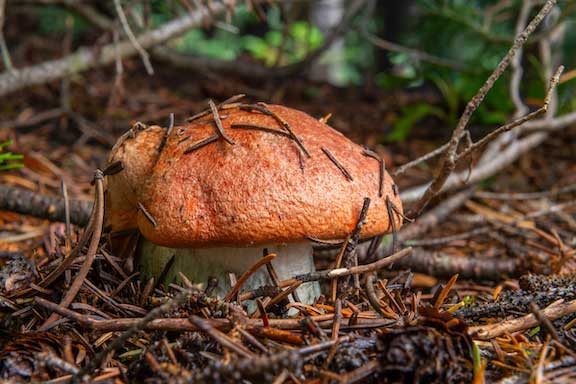
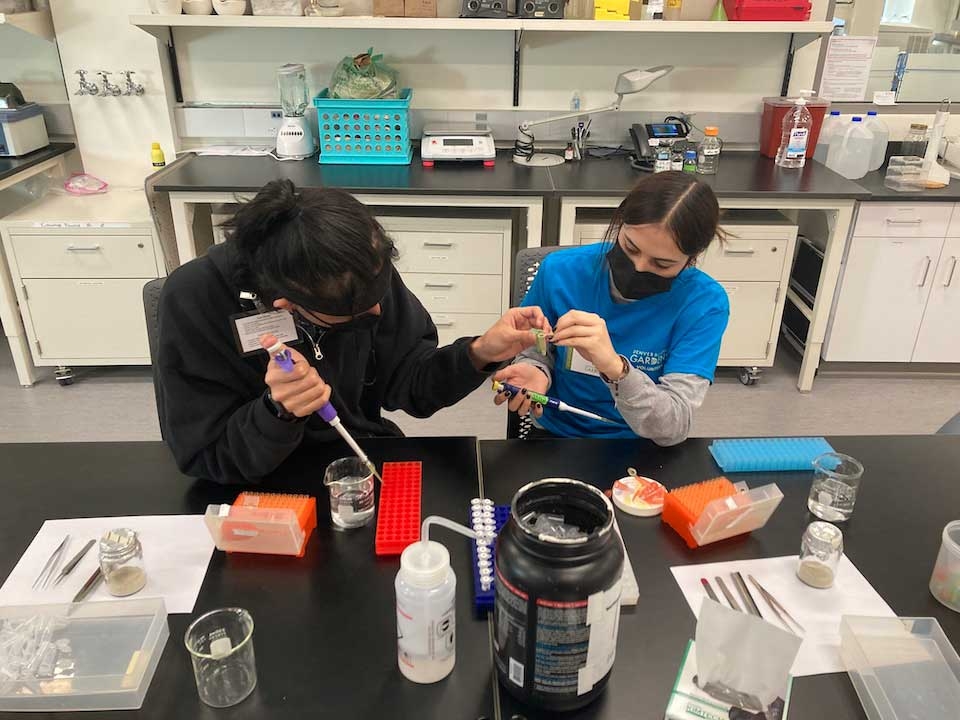
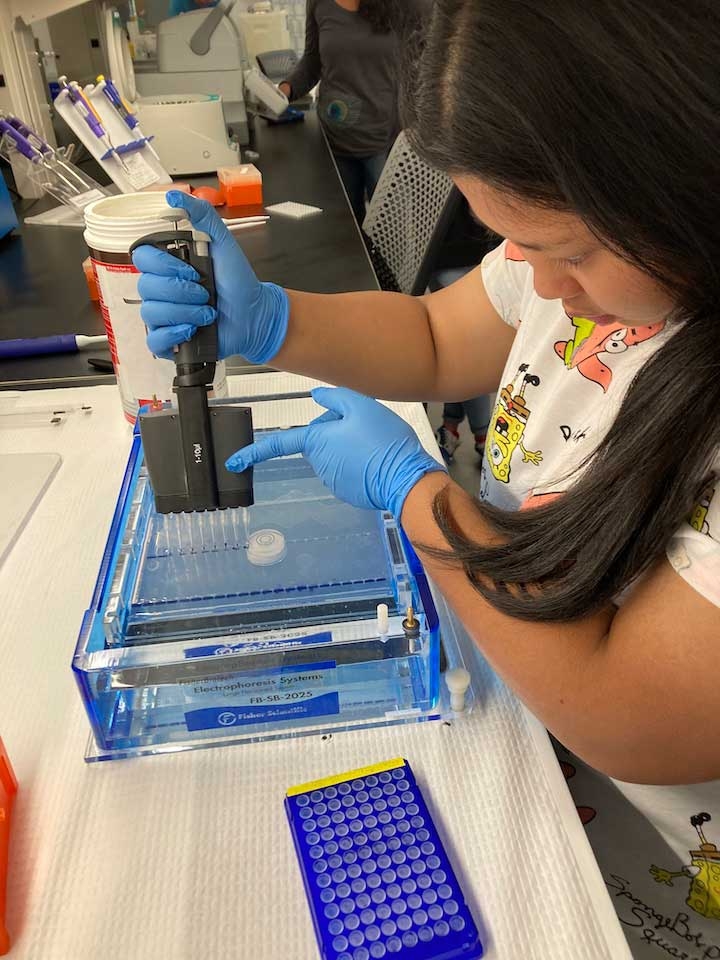
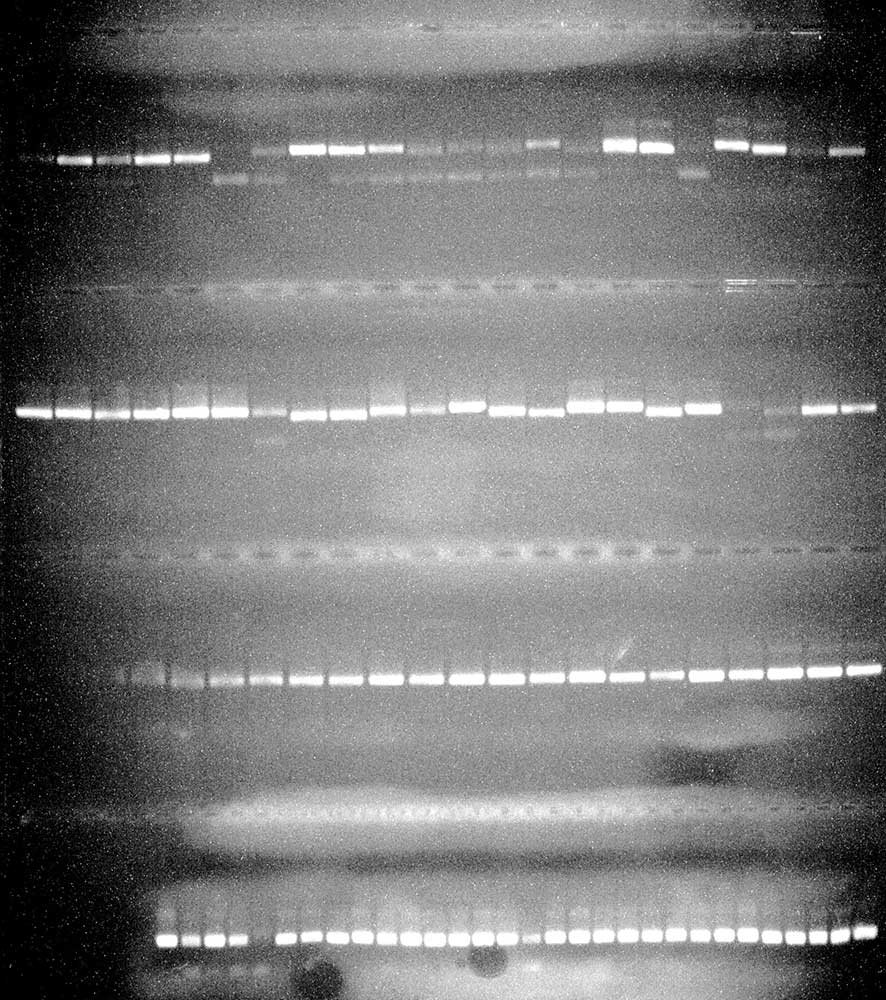
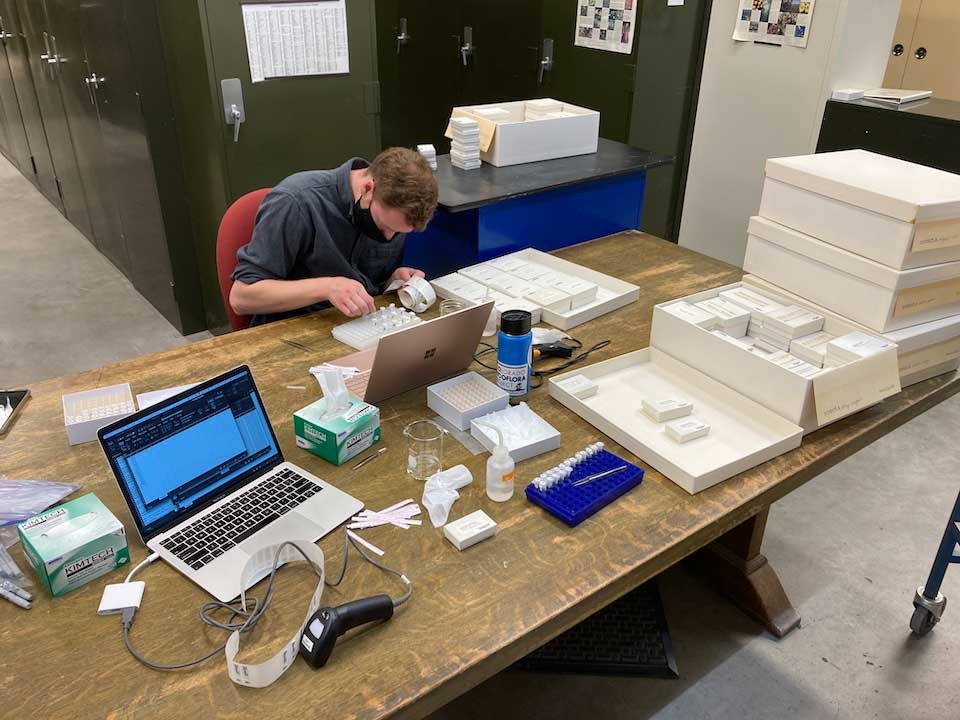
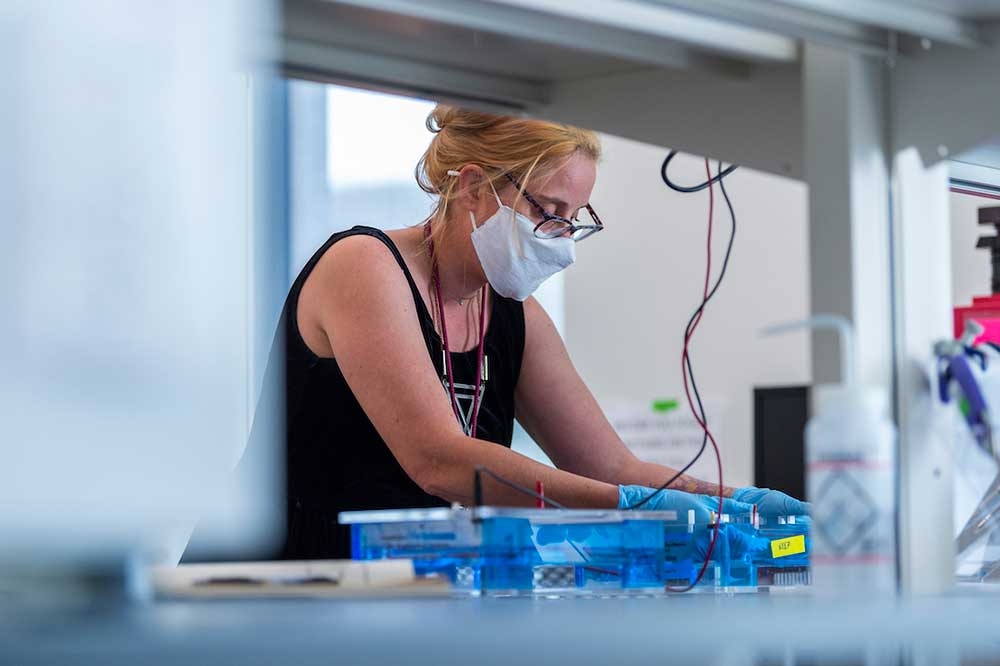
Add new comment